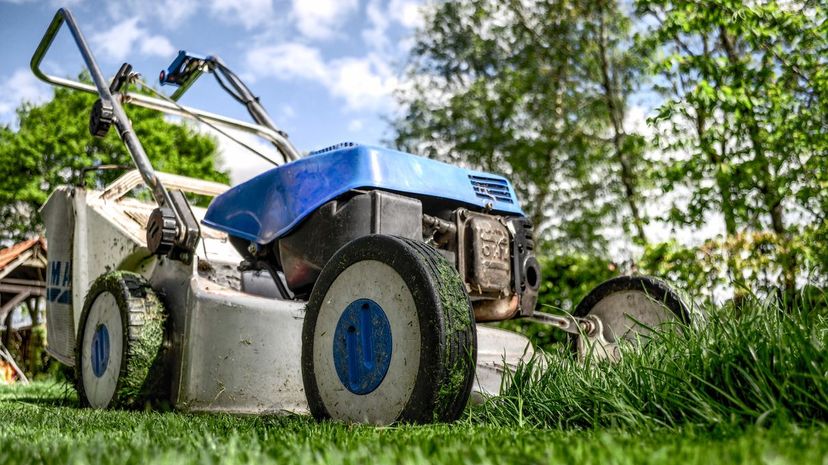
About This Quiz
There are two kinds of people in the world: Those who have to call someone when the lawnmower doesn't start and those who roll up their sleeves and are about to get up to their elbows in lawnmower parts. Small engines are simpler than their automotive cousins, but it doesn't mean that they're simple. Do you have what it takes to avoid trips to the repair shop when something goes sideways with your lawn and garden equipment? This quiz separates the weekend tinkerers from the hardcore doers.
It can take more than a green thumb to get the best out of your landscaping; sometimes, you need to get your hands black with oil and grease. Mowers, tillers, chain saws, gas trimmers and other power equipment get exposed to the elements, are often handled roughly and are put down into the grass and dirt regularly — it's their job, after all. They occasionally need more than just regular maintenance. Are you up to the task of keeping multiple engines running smoothly?
If you can get more than 30 of these 35 questions correct, you'll prove that you know your way around the two-stroke engine of your lawn equipment or the small four-stroke engine of your lawnmower. You'll also get calls from your friends when their equipment isn't running right, but that's OK; you probably enjoy working on the engines more than you like digging in the dirt anyway. Hop off the riding mower (or put down the snowblower, depending on the season), and test your knowledge of the small engines that make your life easier!
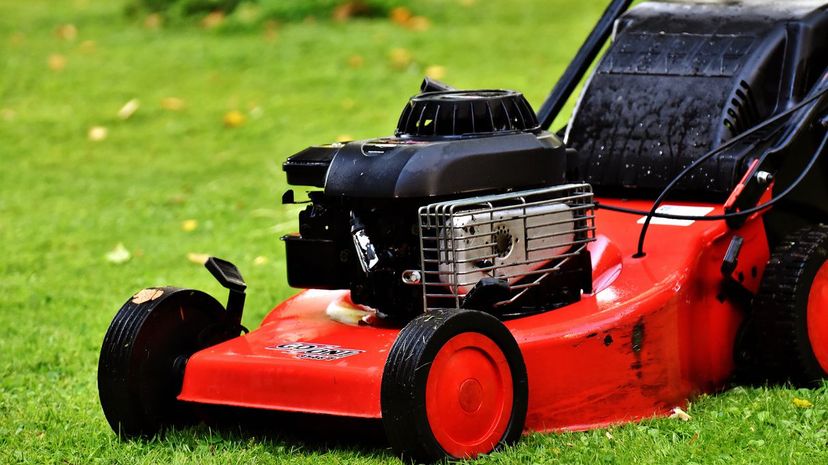
The air filter is a critical piece of your small engine — all air coming in for combustion passes through it — and if it's dirty, your engine can't breathe right. Take a few moments to regularly check to see if it needs cleaning or replacement. Your engine will thank you!
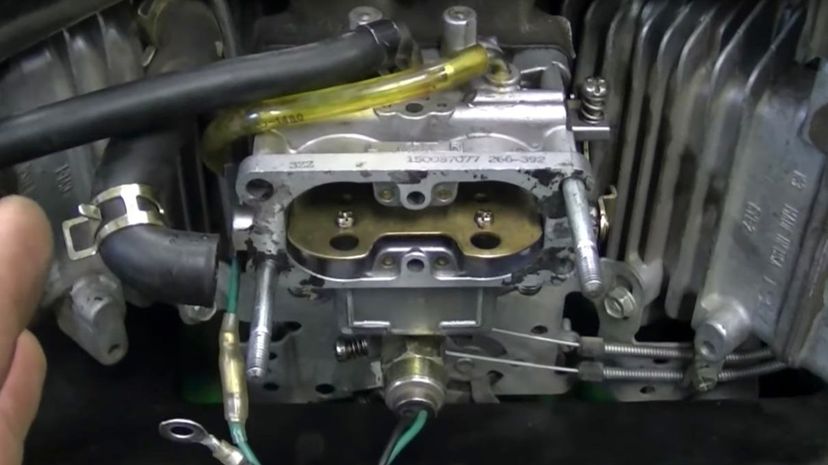
When the engine is over-primed, the choke is improperly set or another problem puts too much fuel in the system, the engine becomes "flooded" and won't start. If you remove the spark plug and find that it's wet, that's your problem. Let the cylinder dry out and try it again.
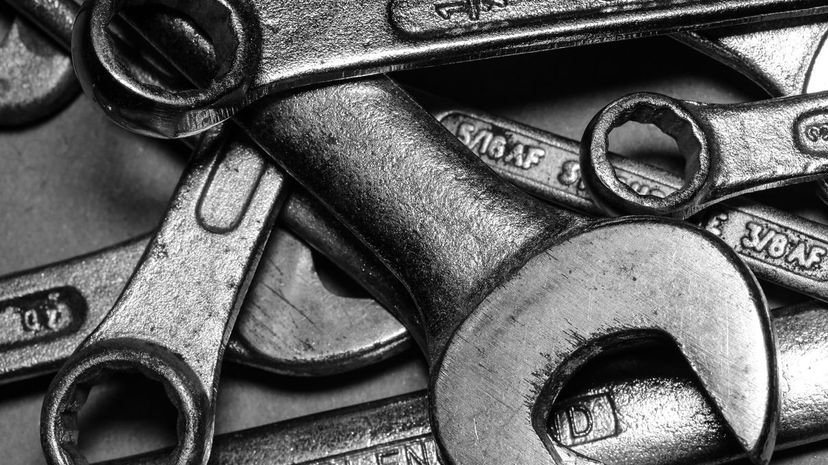
Internal combustion engines need four things to operate: Fuel, Air, Spark and Timing. By remembering the acronym "F.A.S.T.," you can narrow down the problem quicker, arrive at the correct fix and become the hero!
Advertisement
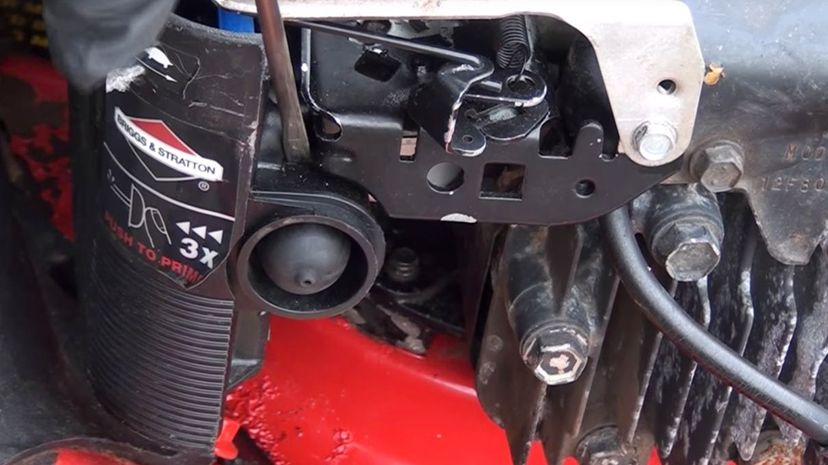
The rubber bulb you use to prime the engine when you get ready to start it can crack or be torn over time, causing it to leak fuel and unable to do its job. It's best to replace it; otherwise, it won't be able to form the seal it needs to draw gas from the tank.

Over time, the carburetor bowl gasket might dry out and crack — or in some cases, fall off completely. Check this gasket and others around the carburetor and you'll probably find the missing or damaged piece of the puzzle.

Two-stroke engines — the kind used in smaller engines — require the user to mix oil in with the gasoline, typically at a 40:1 or 50:1 ratio of gas to oil. This means that, for each gallon of gas, about 3.2 ounces of two-cycle engine oil needs to be mixed in.
Advertisement
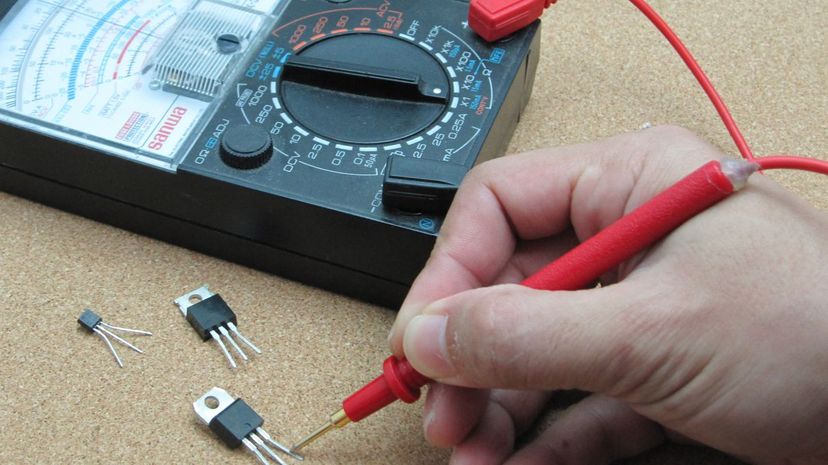
A multimeter looks intimidating to those who aren't familiar with the tool, but in the hands of someone who knows how to use it, it can save a lot of time and struggle. By finding dead or undercharged circuits, a multimeter is one of the best diagnostic tools of a mechanic.
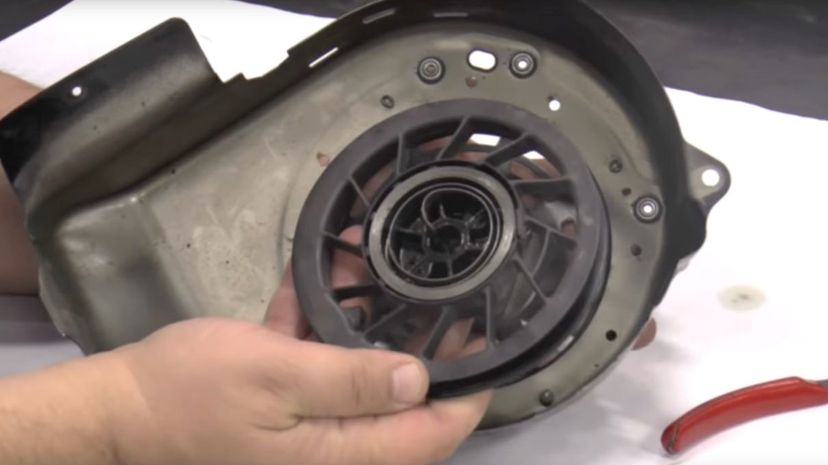
The FIRST first step, of course, is to cool off before making the repair (that's a very frustrating thing that's just happened!). Putting a new starter cord on is actually pretty simple, and the first step is to remove the rewind assembly, which is where the cord attaches.
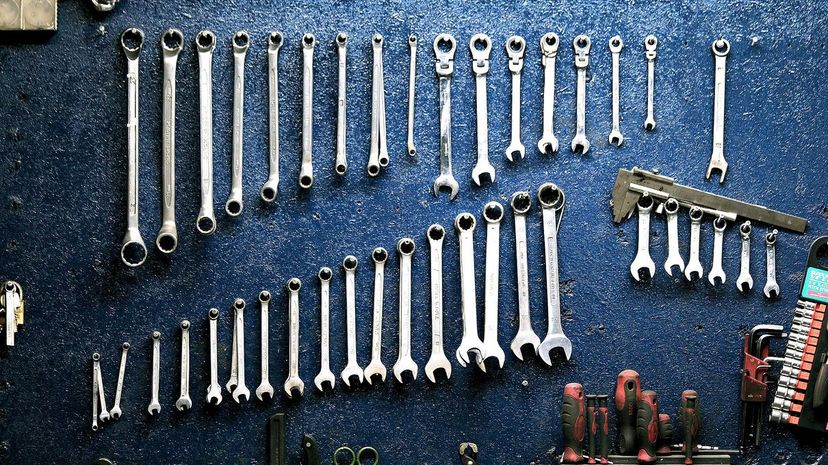
Just as regular maintenance is necessary for your car, your small engines need some TLC as well. The oil needs to be changed, filters need to be cleaned and the spark plug needs to be kept in good working order. There's no worse feeling than pulling the start cord and ... nothing.
Advertisement

It might sound like dumb advice, but you'll save yourself a lot of headaches if you start out chasing horses and not zebras. The engine won't run without gas in the tank, and that's the easiest thing to check when there's a problem. If there's fuel, then move along down the troubleshooting line.
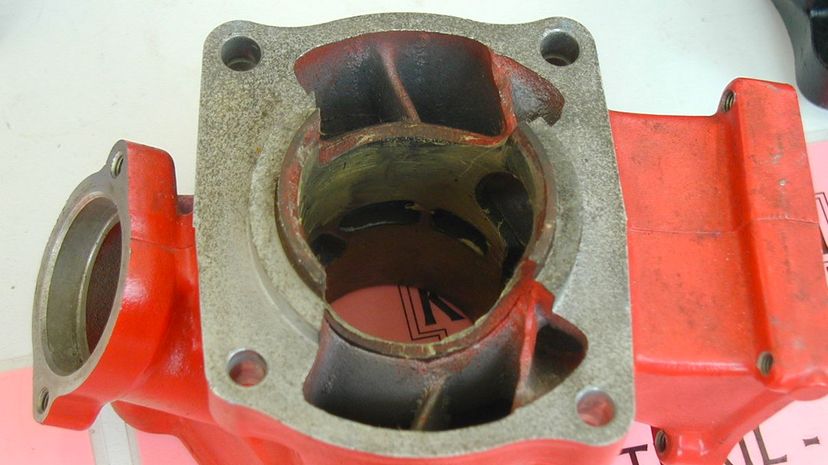
Two- and four-stroke engines are similar (they are both internal combustion motors), but they achieve this by slightly different means. The combustion process consists of the intake of air and fuel, compressing that mix, igniting that mix and doing away with exhaust gases. Four-stroke engines perform this process in four independent stages; two-stroke engines just use the upward and downward strokes.
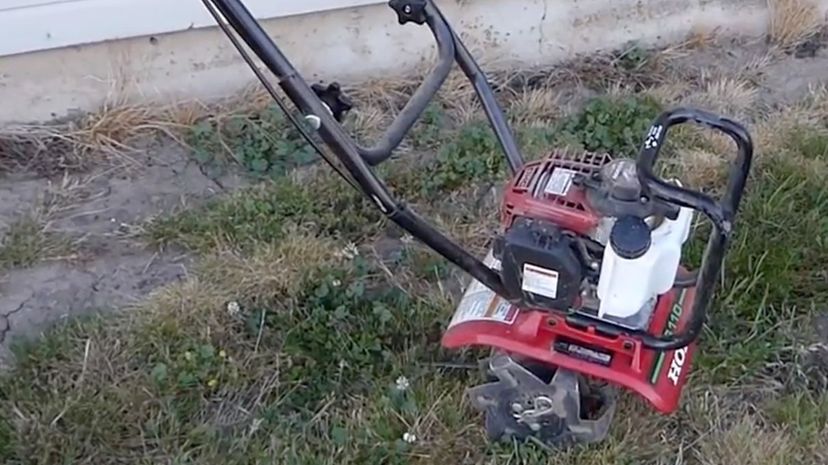
If you take care of your tools now, they'll take care of you down the road (thanks, Dad!). The oil is vital to the engine's well-being, the machine should be kept clean to avoid dirt getting into the engine, and the blades should be sharpened for better results and an easier load on the engine.
Advertisement
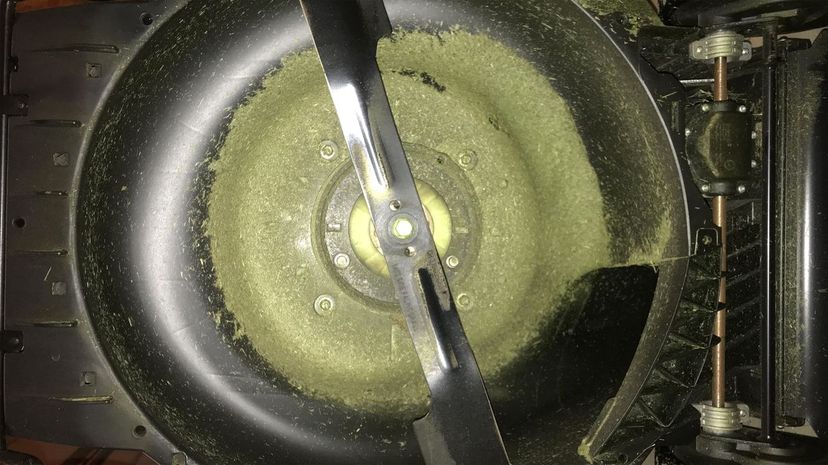
Without a spark, the lawnmower's engine will not run, and you do not want the engine even capable of running when you're dealing with the blade. Unplugging the spark plug from the spark plug wire is the easiest, surest way of keeping all your fingers where they belong.

If you leave gas — especially untreated gas — in the system over the off-season, you might have trouble starting it when it comes time to mow the lawn or blow snow off the driveway. Time to get your hands dirty to clean the carburetor!
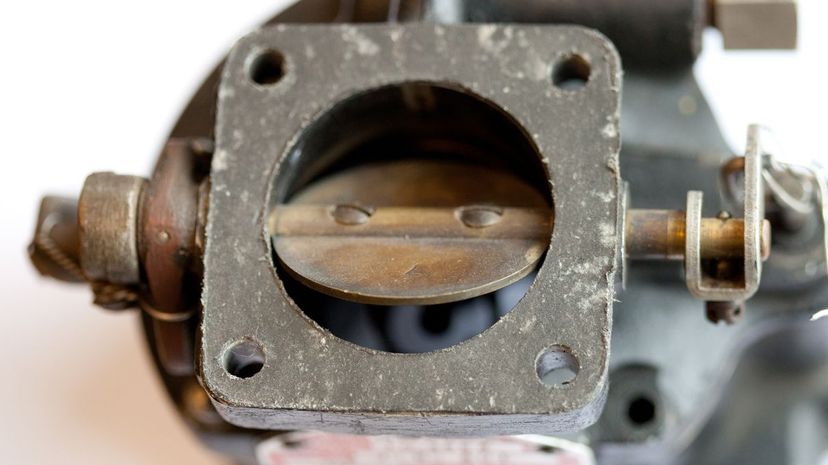
While they've fallen out of favor in automobiles thanks to the fuel injector, most small engines still use a carburetor to combine fuel and air into a mixture that can be used by the internal combustion engine. If your engine isn't getting enough fuel, this is one of the first things to check.
Advertisement
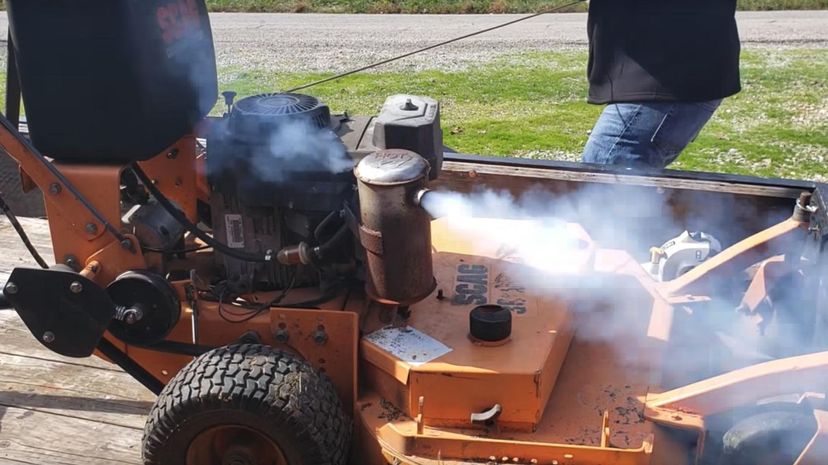
White or white-blue smoke means that oil is being burned within your engine. This could mean something simple (the crankcase is overfilled with oil or the engine was on its side during storage) or something more complex (the head gasket is blown). The smoke is a clue to point you in the right direction.
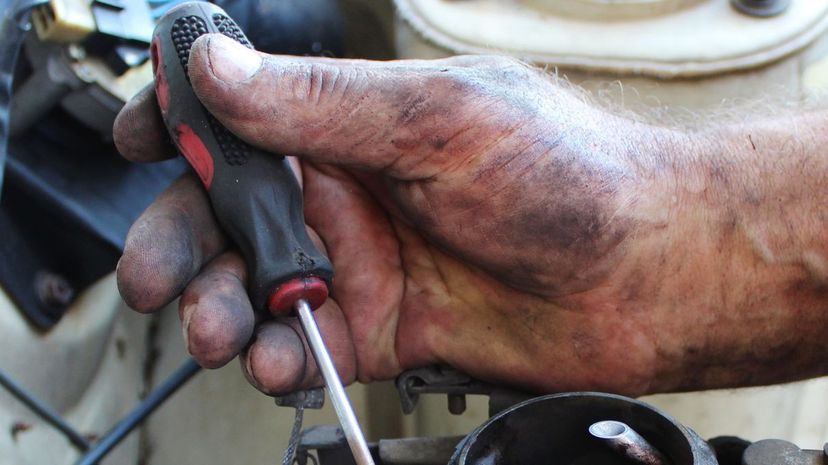
If you suspect your small engine isn't getting enough (or any) fuel, take an aerosol petroleum-based lubricant ("petroleum-based" is the key here), take off the air filter and spray into the carburetor throat. If it starts (it'll die soon after), it's a fuel problem.
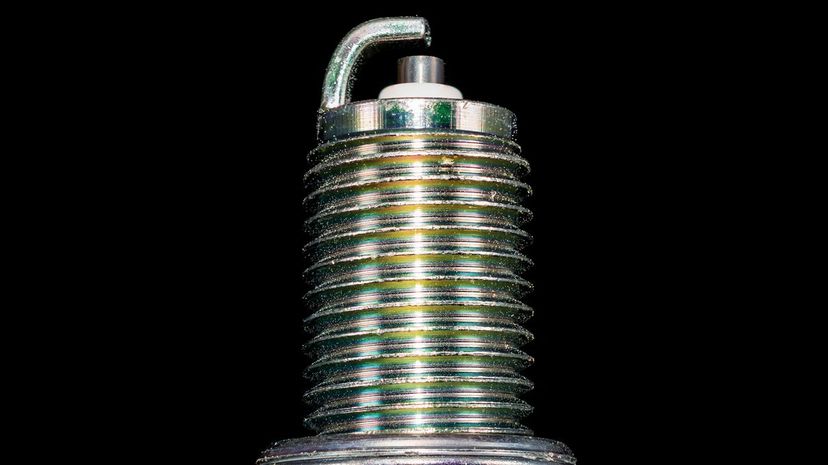
The gap between the electrodes of a spark plug (the gap the spark travels) varies depending on the engine, but if it's not gapped correctly, the engine will run rough if it runs at all. Check the manual to see what the proper gap should be.
Advertisement
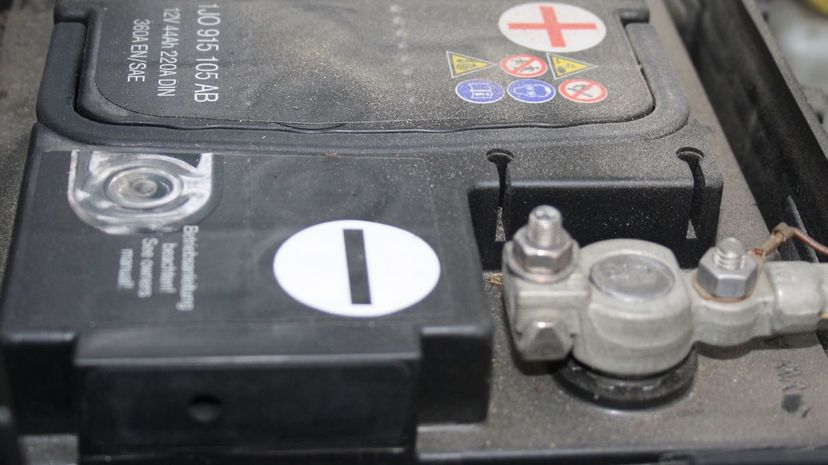
The voltage regulator is responsible for sending the correct amount of energy to the battery from the alternator to keep it charged. If this part doesn't function properly, the battery will be drained faster than recharged.
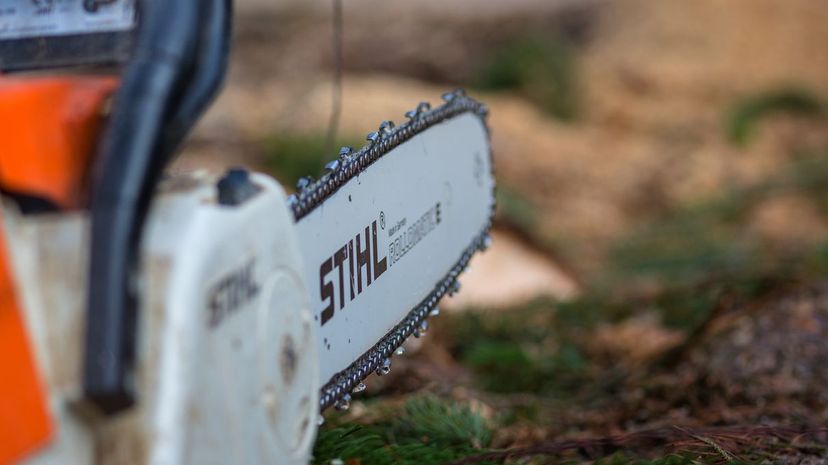
Four-stroke engines are more complex and heavier than their two-stroke cousins, but they are also more fuel-efficient and quieter. The two-stroke is often found in simpler lawn and garden equipment, while four-stroke engines are the more heavy-duty players.
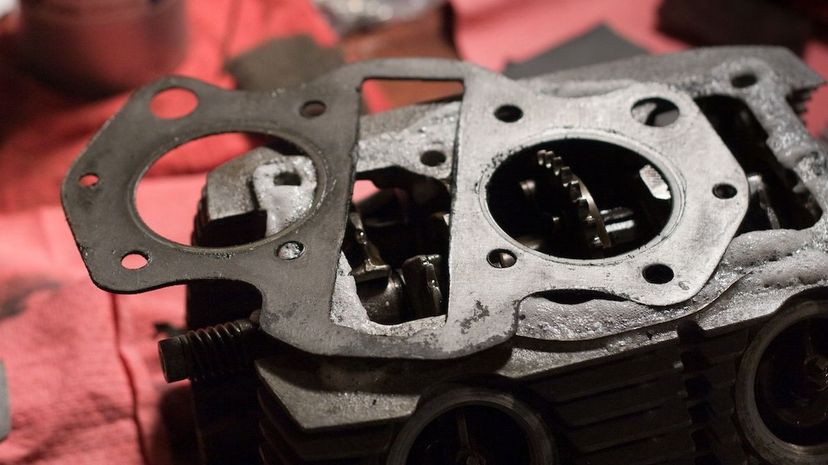
Gaskets will show signs of wear through leaks, burn marks and other telltale signs. When replacing a gasket (they can't be salvaged), it's important to get ALL the old gasket off the mounting surface before putting the new one on. Take your time and use a gasket scraper so you'll get a clean seal with the new one.
Advertisement

When your engine is producing black smoke while running, there's a problem with the fuel system. Causes could be a dirty air filter (resulting in too much fuel in the air/fuel mix), bad fuel, a flooded or dirty carburetor, or something else in the system.

If the engine isn't even threatening to start, you've checked that there's gas in the tank and the spark plug is in good condition, the culprit might be the ignition coil (it sends voltage to the plug for the spark). An ignition coil tester will let you know if you've found the problem.

If the engine keeps running, but the lawnmower loses power or cutting ability, the answer could lie with the drive belt. Once the mower is off (and the spark plug wire is detached), check to see if the belt is dislocated or broken.
Advertisement

Because of oxygenation, gasoline will degrade over time, and the longer it's been sitting in its can, the more combustibility it loses. When stored in a tightly sealed container, gasoline stays viable from three to six months.

When you pull the starter line, you're activating the recoil starter, and if there's a problem with it, there will either be no resistance on the line or too much of it. Either way, that engine isn't starting until you repair or replace the recoil starter. Good luck!
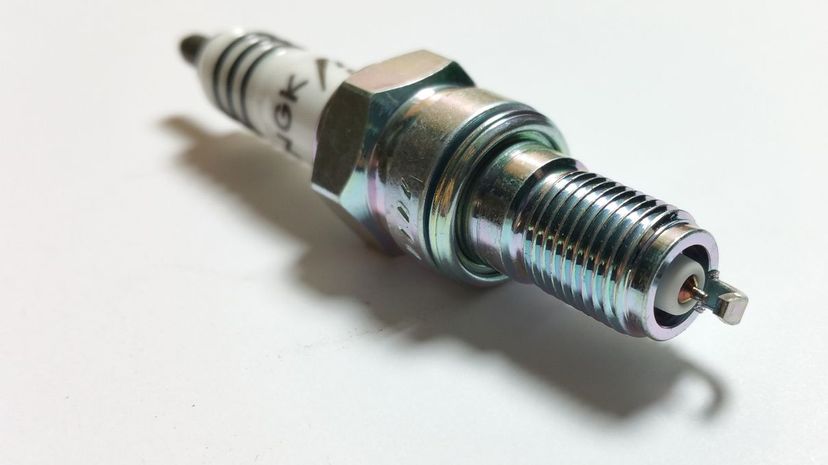
Spark plugs are cheap, usually easy to replace and can take a lot of abuse during the operation of a small engine. During annual maintenance (you DO perform annual maintenance, correct?), go ahead and swap out the old for new — it'll be one less thing to worry about.
Advertisement

The gas cap has a small air vent that refills the volume in the tank when fuel leaves it, avoiding a vacuum in the container. If this vent gets clogged, the gas won't be able to leave the tank and will starve the engine of fuel, which is known as "vapor locking." If slightly loosening the cap allows the engine to run again, the vent is stopped up.

The choke has caused a lot of damage to engines over the years thanks to their frustrated owners slamming the tool down because they can't get it started. When starting a cold two-stroke engine, the choke should be closed to limit the air being sent to the engine for a more fuel-rich mix. Once it's running and warmed up, open the choke to balance the mix and get to work.
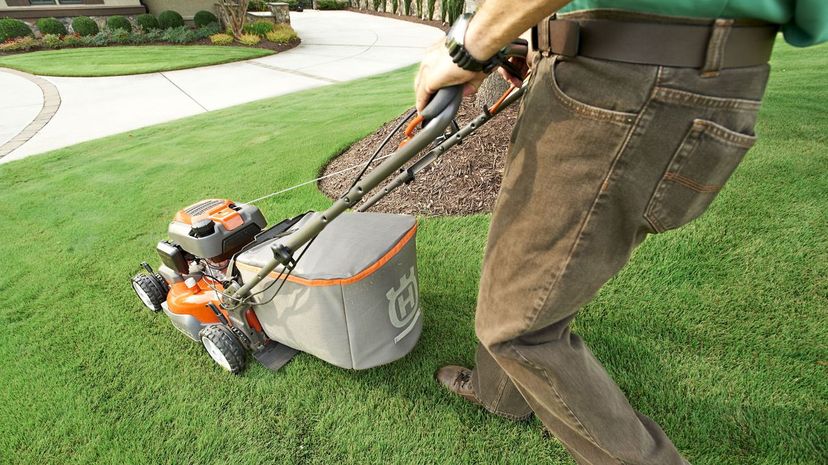
The stop bar is designed only to allow the engine to start when the bar is pressed against the main handle, and to stop the engine when released. If the engine doesn't stop, it probably means the stop cable has become stretched over time. It needs to be readjusted or replaced.
Advertisement
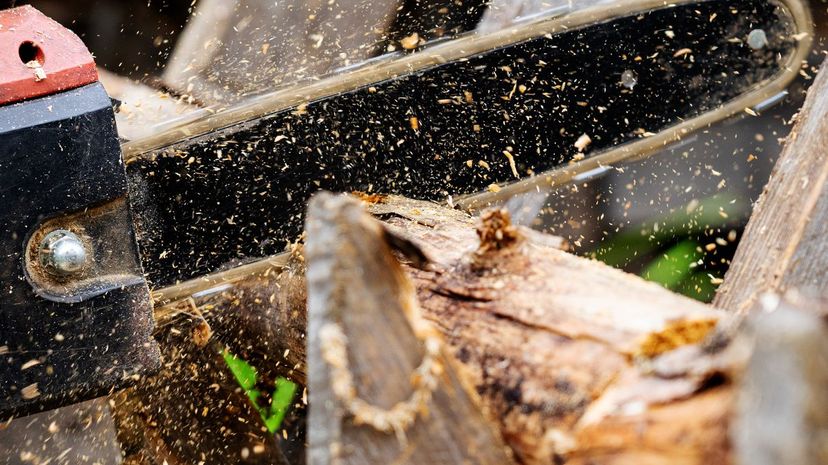
If the engine is idling roughly, putting out a lot of exhaust, vibrating, or popping and is generally a pain in the rear to use, the problem could be worn, burnt or bent valves. Replacing valves is a tricky repair for DIYers, but you'll at least know what you're dealing with.
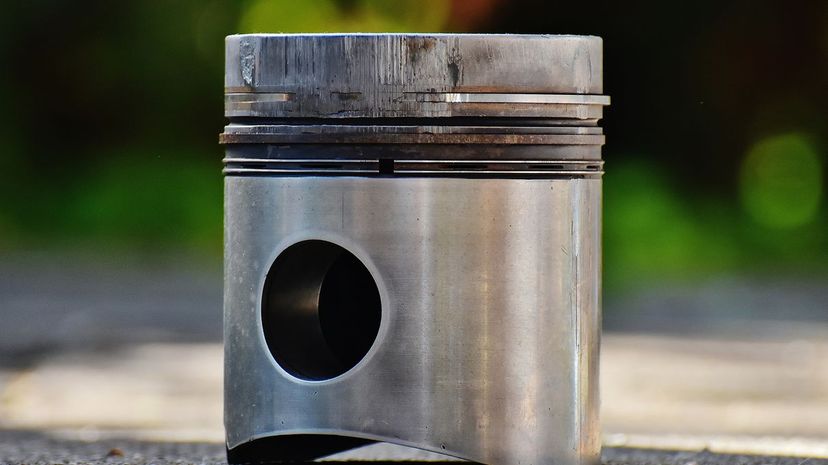
If your cylinder isn't getting good compression in the combustion chamber, your engine won't run well (or, if it's bad, at all). A leak down test will tell you if your engine is getting proper compression in the cylinder.

The ignition module on most small engines is electric and doesn't have moving parts — therefore, it's the least likely to cause problems when the engine doesn't operate properly. That's not to say that it can never go bad; it just usually not the first place to start when there's a problem getting a spark.
Advertisement
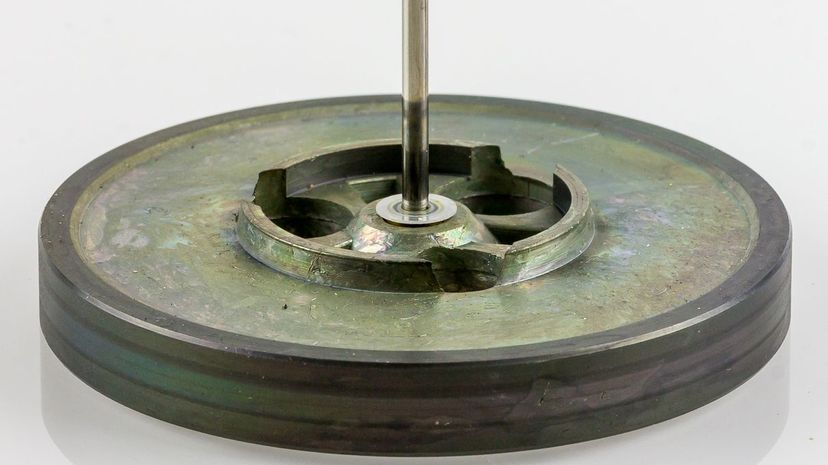
The flywheel key is a piece of metal that connects the crankshaft to the flywheel. If the engine comes to a sudden stop, this piece will break, protecting the engine. The engine won't run without this brave, self-sacrificing piece of machinery.

According to the American Academy of Pediatrics, about 250,000 people are injured by lawnmower each year, and in 2014, 100 people were killed. Not all these people were hurt repairing their equipment, but it's worth noting that, when you're working on or with small engines, a lapse in attention can be costly.